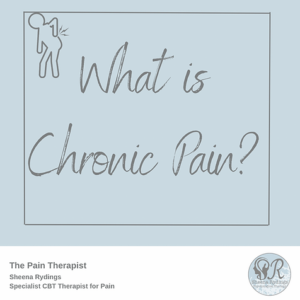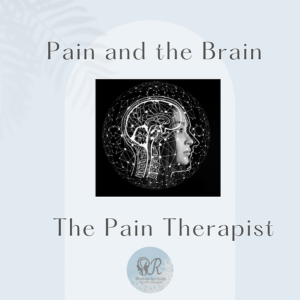Chronic pain is invisible and persistent, it affects millions of people around the world, and women are no exception. In the UK there is 28 million people with chronic pain (British Pain Society) Chronic pain more prevalent in women than men. Not only are women more likely to have chronic pain than men of the same age, but women also report more high-impact pain than men. 14% of women have high-impact chronic pain compared to 9% of men (arthritis uk, 2017)
The experience of living with chronic pain can be overwhelming, physically and emotionally draining, and profoundly challenging. However, women have been remarkable in their resilience, courage, and determination to not let chronic pain define or limit their lives. This blog explores the journey of women who have found ways to empower themselves while living with chronic pain.
Before delving into the stories of empowerment, it’s essential to understand what chronic pain is. Chronic pain is defined as any pain that persists for 12 weeks or longer. It can manifest in various forms, such as migraines, back pain, fibromyalgia, or arthritis. Chronic pain is not just a physical ailment; it affects mental health, relationships, and overall quality of life.
Women are more likely than men to experience chronic pain. This gender disparity is not entirely understood but is thought to be influenced by biological, psychological, and sociocultural factors. In many societies, women have traditionally been caregivers, which often leads them to neglect their own health. Moreover, hormonal fluctuations can exacerbate some types of chronic pain, such as endometriosis and migraines.
Living with chronic pain can be debilitating, but many women have found ways to empower themselves and regain control over their lives.
Education and Advocacy:
One of the most empowering steps for women living with chronic pain is becoming educated about their condition. This includes understanding the causes, triggers, and management techniques. Many women become advocates, both for themselves and for others. They engage in spreading awareness, sharing their experiences, and lobbying for better healthcare.
Support Networks:
Women often find strength in connecting with others who share similar experiences. Support groups, both online and in-person, provide a safe space to discuss challenges, share coping strategies, and find emotional support. Building these connections can be incredibly empowering. I have created a Substack community called The Pain Therapist where there is a likeminded community of people wanting to learn and support each other. You can also get resources and profession support. Please head to link to sign up for free subscriber or get a 7 day free trial to paid subscription for £7.50 a month, this is where you’ll get access to a wide range of pain management tools, resources including downloadable and printable resources to use to aid your pain management. You will also get access to live Q&A sessions with me and other community members. https://substack.com/@sheenarydings?utm_source=profile-page
Self-Care:
Women living with chronic pain recognise the importance of self-care. They learn to prioritise their physical and mental well-being. This can involve practicing mindfulness, meditation, yoga, or other relaxation techniques. It’s about listening to one’s body and taking the necessary steps to manage the pain.
Holistic Approaches:
Many women explore holistic approaches to manage chronic pain, such as acupuncture, massage therapy, or herbal remedies. These alternative therapies, when used in conjunction with conventional treatments, can provide significant relief. Art, writing, and other creative outlets can be a source of empowerment. Expressing one’s emotions and experiences through creativity can be both therapeutic and empowering.
Pacing and Goal-Setting:
Learning to pace oneself is crucial when living with chronic pain. Women often set realistic goals and prioritise tasks, allowing them to accomplish what matters most while conserving energy.

Empowering women living with chronic pain also means breaking the stigmas surrounding pain conditions. Society often downplays or dismisses chronic pain, leading to feelings of isolation and frustration. Empowered women are working to change these perceptions by spreading accurate information about chronic pain conditions helps to combat the misconceptions that still persist in society. Speaking out and sharing personal stories and experiences can be a powerful way to reduce the stigma associated with chronic pain. By being open and honest, women living with chronic pain are creating a more empathetic and understanding society.



